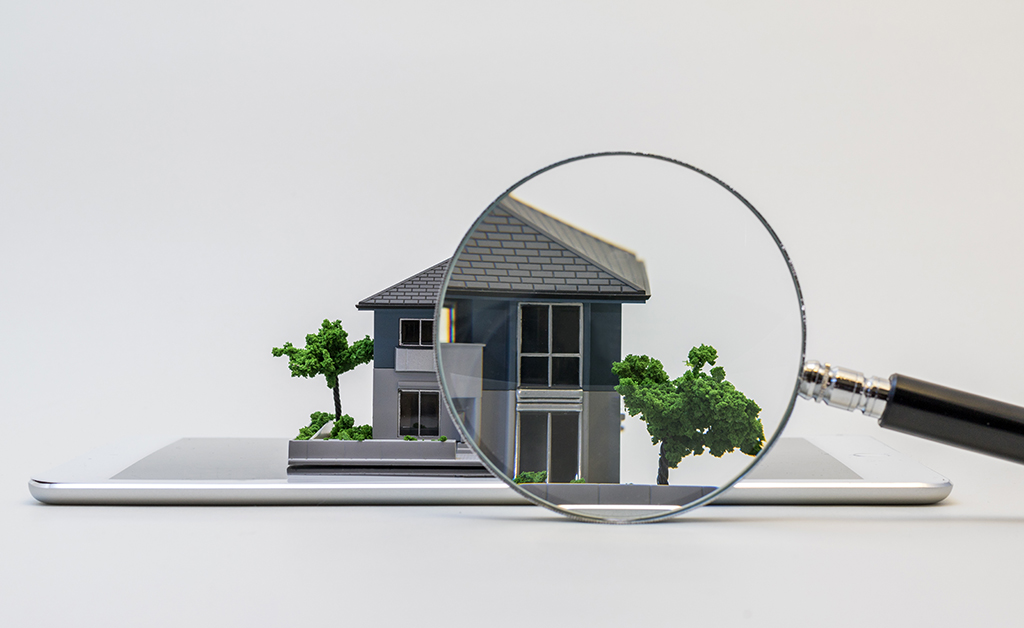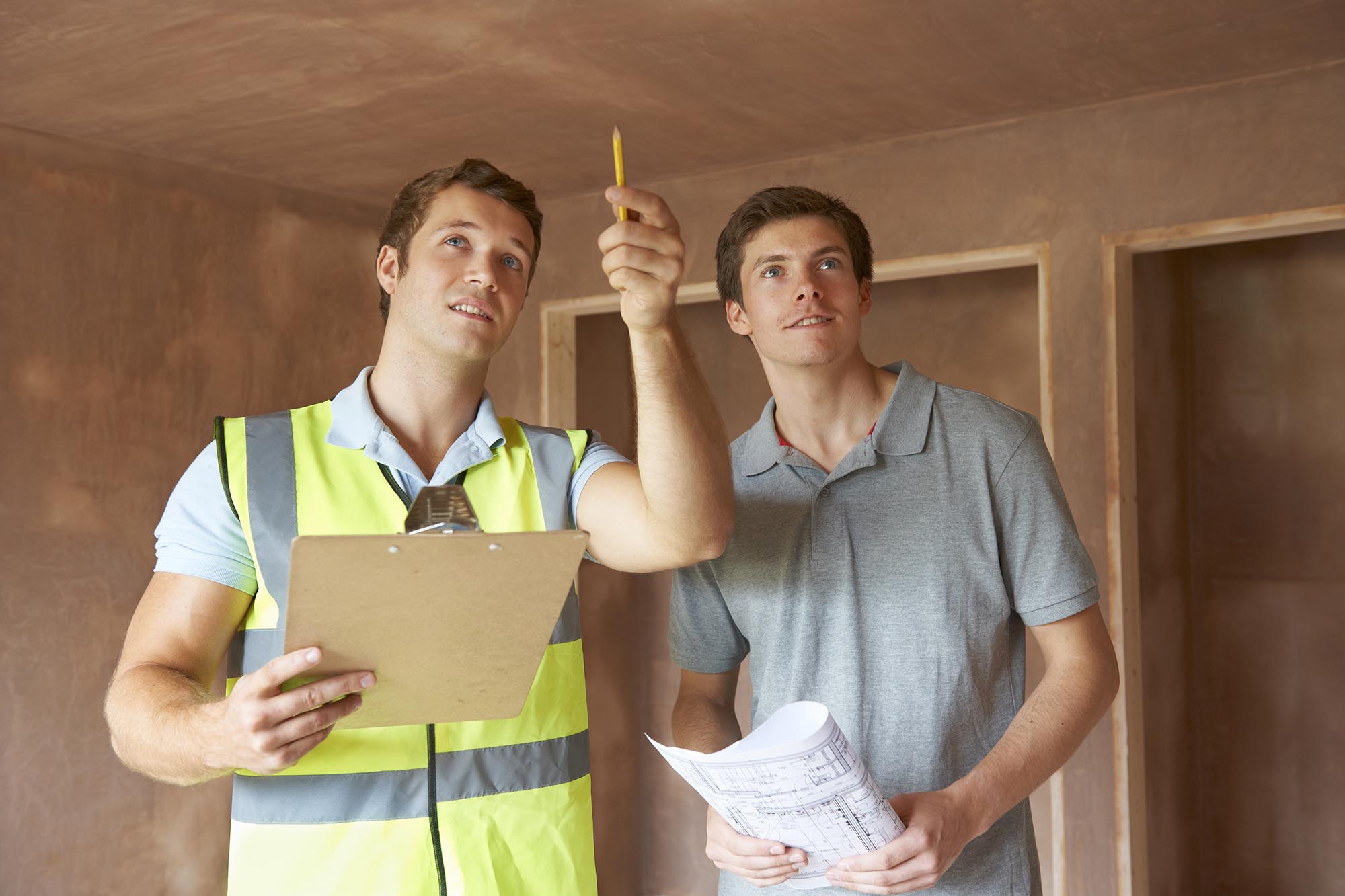What Is Consisted of in a Detailed Residential Or Commercial Property Inspection Refine?
A thorough residential or commercial property assessment procedure is important for protecting financial investments and guaranteeing safety and security. It incorporates a thorough analysis of structural honesty, electric systems, pipes, and Heating and cooling systems, among other essential elements. What, after that, are the most vital facets that can make or break a residential property analysis?
Review of Residential Or Commercial Property Inspection

The inspection incorporates several vital areas, consisting of the exterior and indoor elements, systems such as pipes and electrical, and any type of noticeable structural parts (Phoenix home inspections). Throughout the process, the examiner records the condition of these aspects, looking for indications of wear, damages, or prospective threats
An extensive property evaluation not just helps potential purchasers make educated decisions however additionally assists present proprietors in recognizing necessary repair services or upkeep jobs. By providing an in-depth record of searchings for, the inspection allows stakeholders to focus on concerns that might call for immediate interest or might affect future financial investment.
Moreover, an efficient inspection process sticks to developed sector criteria and guidelines, making certain a trustworthy and constant assessment. In general, the building inspection procedure is a crucial device in genuine estate purchases, advertising openness and protecting both buyer and vendor passions.
Architectural Analysis

During the evaluation, specialists analyze different parts, consisting of the structure, framing, wall surfaces, and roof systems. They search for indicators of resolving or shifting, such as fractures in walls or unequal floorings, which can indicate underlying concerns. The evaluation likewise includes analyzing the high quality of building and construction products and methods made use of, guaranteeing compliance with building regulations and standards.
Furthermore, assessors might look for signs of moisture invasion, which can bring about wood rot and mold and mildew, further endangering structural stability. They additionally assess load-bearing aspects to guarantee they can effectively sustain the weight of the building and its materials.
Eventually, a detailed architectural examination provides important insights for prospective customers and homeowners, enabling them to make educated choices concerning property financial investments and necessary maintenance. By identifying architectural worries early, owners can address concerns proactively, protecting the lasting value and safety and security of the building.
Electric System Assessment
An efficient electrical system evaluation is important in the building inspection process, as it assesses the security, functionality, and conformity of a structure's electric infrastructure - Phoenix home inspections. This analysis usually includes an extensive exam of the primary electrical panel, circuit imp source breakers, and electrical wiring systems. Assessors try to find indications of wear, corrosion, or damages that may jeopardize safety
The analysis consists of testing for ample grounding and bonding, making sure that the electrical system is properly connected to avoid electric shock or fire risks. Examiners also examine the capability of the electric system to take care of the current load, identifying any possible overwhelming problems that can bring about failures or interruptions.
Furthermore, the analysis look for the presence of GFCI (Ground Fault Circuit Interrupter) and AFCI (Arc Fault Circuit Interrupter) tools in appropriate places, which are crucial for securing against electrical shocks and preventing fires. Conformity with local building ordinance and guidelines is likewise confirmed to make certain that any type of installments or alterations fulfill safety and security standards.

Plumbing and HVAC Checks
Following the electric system go assessment, the plumbing and cooling and heating checks are important components of the building evaluation process. These analyses make certain that the necessary systems of the residential property are functioning properly and securely, therefore shielding the financial investment and health of the residents.
During plumbing inspections, specialists analyze the problem of pipelines, fixtures, and water drainage systems. They look for leakages, deterioration, and any type of indications of water damages that can indicate bigger problems. The effectiveness of hot water heater is additionally assessed to ensure they meet existing criteria and give appropriate warm water supply.
The HVAC checks involve a thorough evaluation of air, heating, and air flow conditioning systems. Examiners will review the functional efficiency of these systems, making sure that they keep a comfy indoor atmosphere. This consists of inspecting the furnace, air thermostat, conditioner, and ductwork functionality. Additionally, the assessor will search for any indicators of wear or possible security threats, such as carbon monoxide gas leakages in furnace.
Exterior and Interior Assessments
Exterior and interior inspections are important aspects of the home inspection process, providing a thorough review of a residential property's problem. The exterior assessment entails assessing structural components such as the roofing system, home siding, structure, and home windows. Inspectors look for indicators of wear, damages, or possible risks, including water breach, mold development, and parasite problems. They also assess the bordering landscape, ensuring proper drain and recognizing any kind of trees or vegetation that may intimidate the building.
The indoor examination focuses on the problem of living rooms, including wall surfaces, flooring, and ceilings. Assessors analyze the performance of home appliances, windows, and doors, while also looking for indications of dampness or structural concerns. Electric systems, plumbing fixtures, and a/c news devices are inspected to ensure they remain in working order, compliant with building codes, and without security threats.
Both assessments finish in a detailed report that highlights critical searchings for and suggestions for repair work or more evaluations. This twin technique makes sure that prospective customers or owners are completely educated regarding the residential or commercial property's strengths and weak points, enabling them to make knowledgeable decisions.
Final Thought
Finally, a detailed building assessment process incorporates an extensive assessment of structural integrity, electric systems, plumbing, and heating and cooling systems, along with comprehensive outside and indoor examinations - Best home inspections. By systematically evaluating each crucial element, prospective safety and security threats and compliance with industry criteria and local building regulations can be determined. The resultant thorough report offers as an essential resource, equipping homeowners and customers to make educated decisions concerning home financial investments and maintenance, eventually improving safety and worth
A detailed property assessment procedure is important for securing financial investments and guaranteeing safety.During the inspection, professionals examine various elements, including the foundation, framing, walls, and roofing system systems.An effective electrical system evaluation is critical in the building assessment process, as it reviews the security, performance, and conformity of a structure's electrical facilities.Outside and indoor assessments are crucial elements of the property assessment procedure, giving a comprehensive overview of a residential or commercial property's condition.In verdict, an extensive residential or commercial property assessment process includes an extensive evaluation of structural honesty, electric systems, plumbing, and Heating and cooling devices, along with detailed exterior and interior assessments.